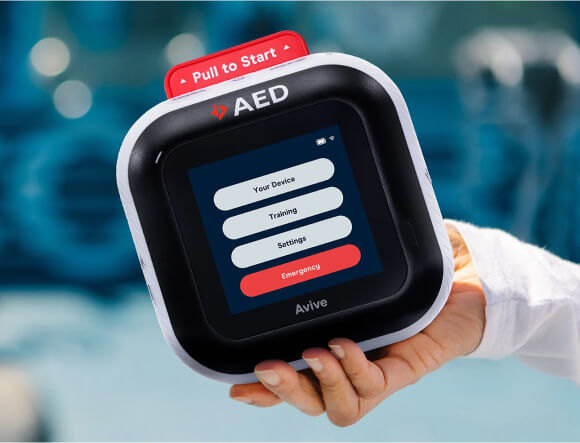EMS Week – Insights from 2021

As EMS Week begins, the information in the 2021 ESO Fire Service Index Report is of great relevance. The report was prepared based on data from ESO from 2,096,597 records from 537 fire departments throughout 2020. It breaks down the emergencies handled by fire departments by type of incident and other relevant variables.
The breakdown by type of incidents is as follows:
| Emergency Type | Percentage |
| Fire | 2.8% |
| Overpressure, Explosion, Overheat | 0.1% |
| EMS Rescue | 68.9% |
| Hazardous Condition | 2.2% |
| Service Call | 7.3% |
| Good Intent Call | 12.3% |
| False Alarm / Call | 6.2% |
| Severe Weather / Natural Disaster | 0.1% |
| Special Incident Type | 0.3% |
One of the most emergent themes in the report is the prominence of EMS calls in the overall picture of the types of emergencies that fire services attend to. According to the report, about 69% of incidents that fire services responded to were EMS, whereas fire emergencies made up just 3% of all incidents. While this represents a 2 percentage point drop from 2019, it still underlines the area of focus for fire departments. The drop is likely attributable to Covid-19 to some degree.
This trend, while interesting, is not new and has been continuing for the past few years. This is largely due to policy changes that require fire-resistant materials in buildings. As such, there has been a sustained decrease in the number of fire emergencies and fire departments have been responding by hiring more EMS professionals and training them to respond to a different mix of emergencies. The report recommends that fire departments focus more effort on integrating EMS services by collaborating with EMS providers on issues of public health and safety.
Another important area of comparison between fire and EMS response is the time factor in responding to calls. The report showed that the sampled fire departments responded adequately, largely meeting or exceeding NFPA standards. The time from call to arrival at the scene of the emergency for both fire services and EMS responses were pretty similar. With regards to the travel time taken from the station to the scene, 50% of EMS responses met the NFPA-recommended time of 4 minutes and 54% of fire responses met that goal. The report recommends a greater emphasis on record maintenance including the addition of timers with notifications to help the emergency personnel track their intervention time. In areas that take longer to reach, placement of automated external defibrillators for use by the public and law enforcement can help to increase the efficacy of emergency care.
Lastly, with Covid-19 being by far the most defining element of 2020, the report delves into its effects on EMS responses. Covid-19 increasingly featured as a factor as cases progressively rose in the US. 2.2% of all calls were attributed to suspected or confirmed Covid-19 cases, with the peak occurring in April.
EMS Week is a great time to reflect on the implications that this data has on emergency response personnel. The insights from this report are particularly important in the context of an unrelenting Covid-19 crisis which is likely to persist well into the foreseeable future. EMS Week provides an opportunity for reflection on these new challenges, informed by the findings tabled in this report.
Avive AED® Products for Sale
Shop Avive’s high-quality AED products, designed to empower communities to save lives.
Related Posts
In Pursuit of AED Incident Data: Nick Bogle’s Story
Nick Bogle’s Story I first have to say that my story has nothing to do with anything…
What Are the Common Causes of Cardiac Arrest in Infants and Children?
Discover the causes of cardiac arrest in children and infants and how to prevent this life-threatening condition...
Understanding First Aid Training & Its Importance
First aid training is designed to teach people the basic principles and techniques to provide immediate help…





